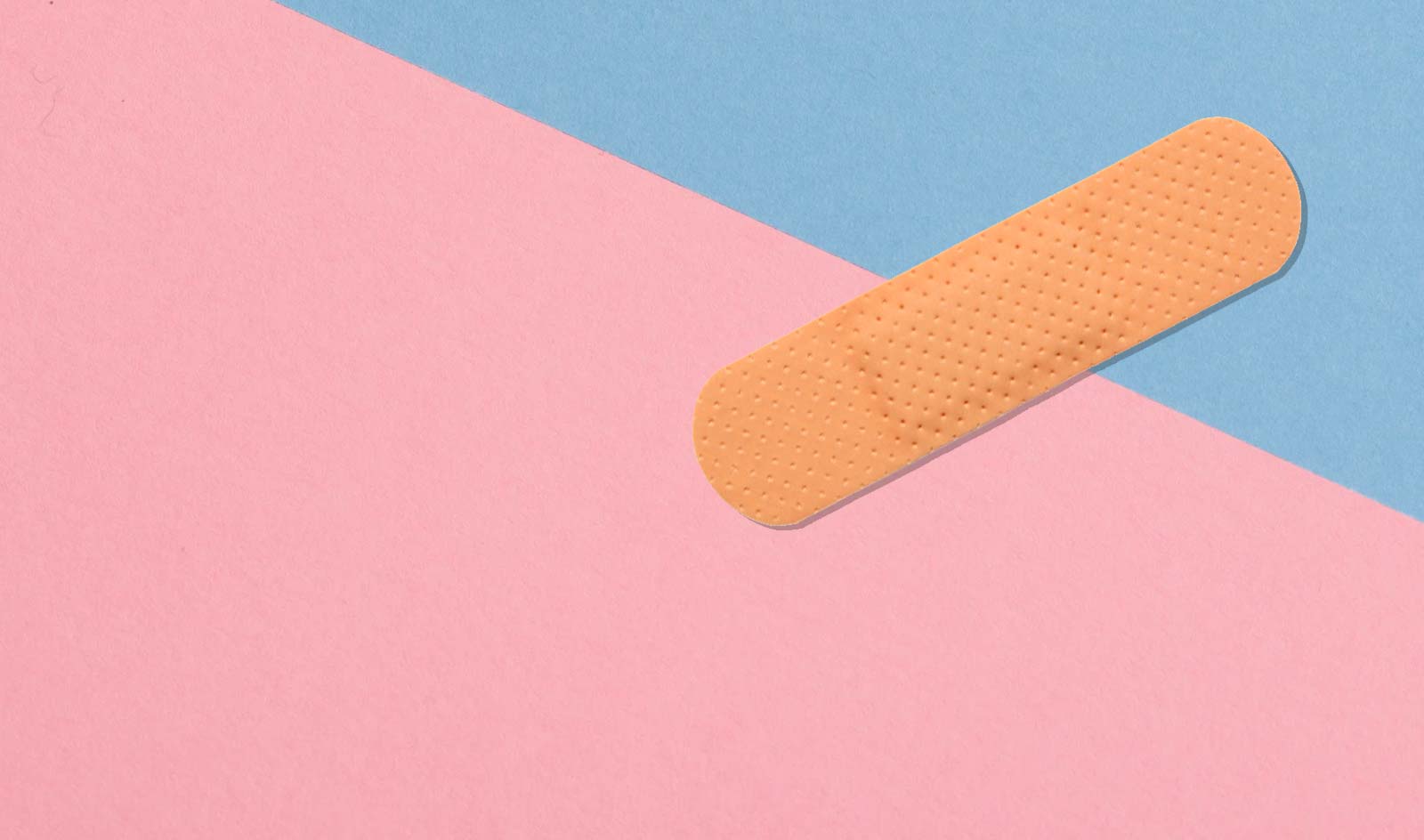Doing HRT Injections with Limited Dexterity

Many people who take hormones do so by taking injections on a regular basis. For people who have issues with mobility and coordination in their hands and fingers, figuring out how to manage this can be tricky.
This can be especially true if you don’t know anyone who’s willing and able to administer your injections for you, or help you with them. Still, there are a few things you can try to make giving yourself your own injections possible.
Use a longer needle to draw the medication into the syringe
When being taught how to prepare their own injections, many people are shown how to use a 1”needle to draw the medication into the syringe. What makes this a challenge is that the needle doesn’t actually reach the liquid in the vial when the vial is right side up, so in order to get the needle into the liquid so you can draw it into the syringe, you have to hold the vial upside down in one hand. Then you have to use your other hand to position the needle so it’s in the liquid while drawing the plunger back with your thumb. This requires two hands and a good amount of dexterity, which not everyone has. A simple way to get around this is to use a 1.5” needle to draw up the medication instead. That way, you can leave the vial right side up on a flat surface and use one hand to hold the syringe in place and the other to pull back the plunger.
Use an injection assist device
There are a couple different kinds of devices designed to make administering injections easier for people with limited dexterity. They’ve mostly been created with insulin use in mind, but can be used to administer other kinds of injected medications as well. These devices won’t help with difficulty drawing the medication into the syringe, as the medication needs to already be in the syringe before the device can be used, but can help in the process of actually injecting the medication.
These devices do still require the use of two hands to, at the very least, get the loaded syringe set up in the device, but a couple, like Autoject 2 from Owen Mumford or Inject-Ease from Ambimed, are designed to allow you to perform the actual injection with just one hand. For a button-free ergonomic design, there are products such as the SelfDose Patient-Controlled Injector. Others, such as the Auto-Injector from Union Medico, do require the use of two hands throughout the entire setup and injection process. (References to these brands/products are not specific endorsements or recommendations, but general information in case it’s helpful for your research! Please consult your physician.)
If you think one of these devices would be beneficial and haven’t started taking injections yet, or know that you will have an appointment where a medical professional could show you you how to safely perform an injection with a device, speak with your care team and consider getting one ahead of time to bring with you to the appointment.
Consider the kind of syringe you use
Depending on the kind of shot you do and the supplies you’re using, you may use two different needles in the process of administering a shot: the needle you use to draw up the medication into the syringe, and the needle you use to inject your medication. Taking off the first needle and putting on the second one can be tricky if you have limited dexterity. The movement required to complete this step of the process will vary based on the shape of the syringe you’re using. Some syringes require a firm push or pull to put on or remove a needle, while others require a more gentle twisting motion, which can be a lot easier if you don’t have much strength in your hands.
If you have specific questions about HRT, types of medications, delivery methods, or other concerns, be sure to speak with a gender-affirming physician, if possible. A trans-competent doctor will be the best source of information for your unique health needs and can help guide you towards other resources not listed here. (If you’re looking for telehealth specialists, we recommend you learn more about our partner Plume.)
And if you are in need of access to HRT you can’t afford or safely obtain, Point of Pride offers the HRT Access Fund, a scholarship-like program that provides 12 months of free medical care.

Written by Point of Pride
Point of Pride provides financial aid and direct support to trans folks in need of health and wellness care.


